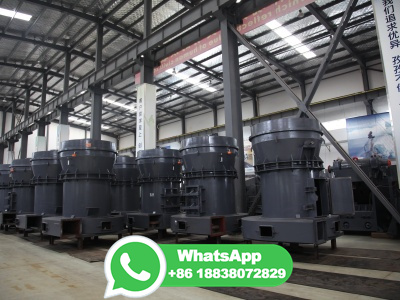Induration Process of Pellets Prepared from Mixed Magnetite35% ...
In addition, the hematite is less reactive than SH, 14) and thus it does not intervene in the sintering process. Nevertheless, iron ore with high magnetite content is becoming scarce, making its utilization more difficult. Therefore, there is an industrial interest in processing pellets made from mixtures of magnetite with significant amounts ...






























